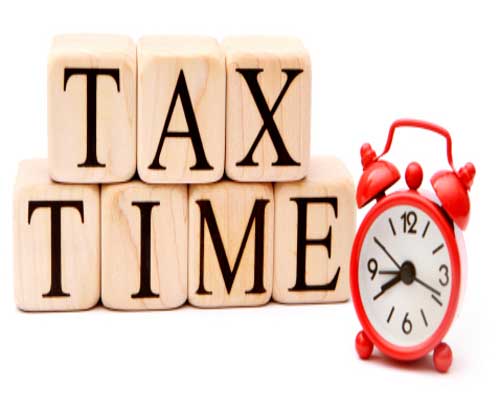
Every year the Government opens up new options for tax savings to encourage the tax payers utilize their monies better! However, most of the time, tax payers tend to put off saving plans to the last minute and miss out the right investment opportunities. Here is a list of tax saving options that will meet your long term and short term financial goals
“In this world nothing can be said to be certain, except death and taxes” – Benjamin Franklin
While we cannot do anything with death, we can certainly reduce the burden of taxes by intelligent planning.
Tax Saving Options
Every year the Government opens up new options for tax savings to encourage the tax payers utilize their monies better! However, most of the time, tax payers tend to put off saving plans to the last minute and miss out the right investment opportunities. A little bit of planning can give you the twin benefit of sound investment combined with tax benefits.
Let’s look at some of the saving options available in the market currently:
Deduction of 1 lakh under 80C:
This allows people to invest up to 1 lakh in various assets. The tax payer can deduct this amount from his taxable income. Options available under this are EPF, PPF, Insurance plan, Pension plan, ELSS with a lock in of 3 years, ULIP with a lock in of 5 years, bank fixed deposits with a lock in of 5 years, and few Government schemes such as national savings certificate, Kisan Vikas Patra, post office deposits etc. Let’s take a look at the typical returns given by various instruments.
| Instruments | Average returns | Details |
| EPF | 8.50% | The EPF is handled by employee and employer by sharing the investment in equal proportion. |
| PPF | 8.00% | This can be taken from any bank or post office. Limit is 70,000 per year and term is 15 years. |
| NSC, Post Office, KVP | 7.5% – 8.0% | These are Government schemes and can be bought from banks, post office or any broker. The interest is taxable. The term is usually 5-10 years. |
| ELSS | 12% – 18% | This is a mutual fund with a lock in period of 3 years. Returns are non-taxable because of 3 year lock in period which falls under long term capital gains. |
EPF and PPF are the best investments because the interest earned is tax free. They are also called risk free because both are guaranteed by the Government of India and there is virtually no risk of default. The only drawback is their long term nature. In a way, the long term nature is good because it imposes financial discipline.
NSC, KVP, and Post office savings are other options but the interest earned is taxable. The advantage is their short term maturity. You should look at individual plan’s lock in period.
ULIP is a good option but the charges are humongous. After the change in ULIP structure by IRDA, this will be a better option. However there is apprehension that ULIP funds will be more conservative in investing and hence returns will be less.
Clearly, ELSS is best instrument for long term investment. It not only saves taxes but also provides highest returns among them. The risk is also high in this case as the returns are market linked. There are immense varieties of ELSS available in the market and investors can look at the debt and equity proportion to decide the suitable ELSS for investment.
You must do some research in ELSS to find out the right fund house for your investment. Take a look at the past returns data – the last five years and an overview of the returns since inception of the fund to have a basic idea of the trends that can be expected.
Other deductions:
Interest and Principal on Home loan: The principal portion of the home loan is deductible under 80C subject to 1 lakh limit. The interest can be deducted up to 1.5 lakhs.
Education Loan: Your education loan can be used for tax saving purpose as the interest on the education loan is deductible under the clause 80E.
Health Insurance: You can claim up to 15000 under health insurance mediclaim clause 80D.
Infrastructure Bonds: The Government has provided another option this year, under the income tax clause 80CCF, in the form of infrastructure bond where you can invest up to 20,000 and claim for deduction.
Others: Under clause 80DD, if you have dependents who are disabled, you can further get a deduction from 50,000 to 1 lakh depending upon the severity of the case. At the same time, donation can be deducted from the income under clause 80G.
How to choose the appropriate tax saving options
You should choose the tax saving investment carefully. This should be a planned exercise by keeping your short term and long term requirement in view and not a last minute decision to save the taxes. Remember that saving tax is a legitimate goal of investment but return on investment supersedes everything.
Changes in tax regime
The Government of India is going to change the tax regime from April 2012 that will take out any equity linked tax saving schemes. The new tax regime will not have ULIP, ELSS, FD, NSC, insurance plan with return component, and post office savings under tax saving instruments. The tax saving schemes under direct tax regime will only limit to provident fund, new pension scheme, pure term insurance plan, and other Government scheme as per directed. There may be changes in this when it is implemented.